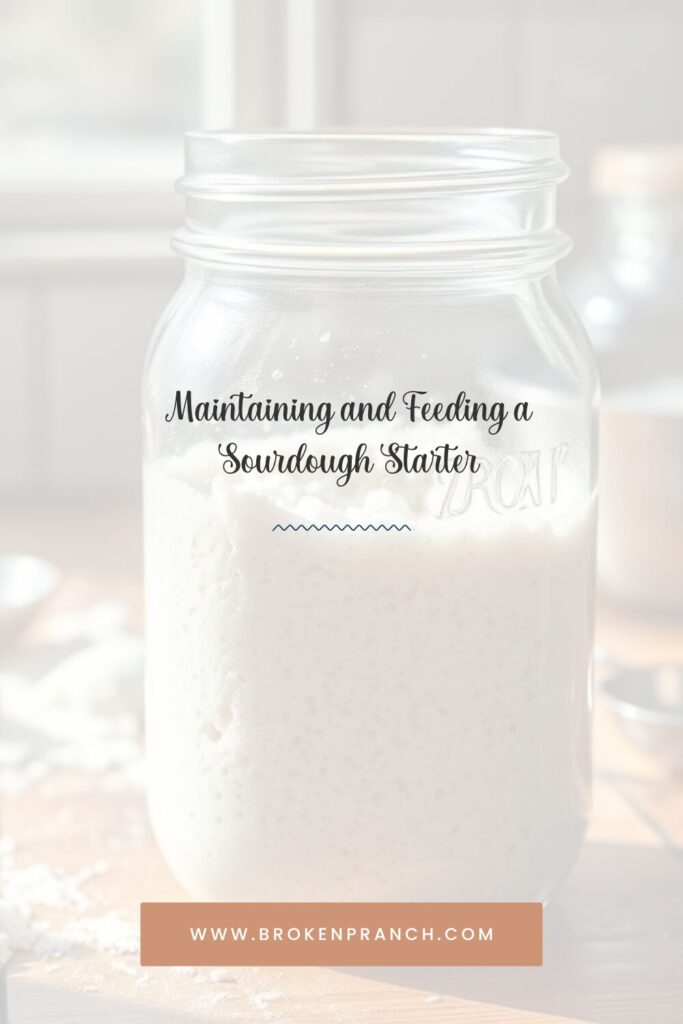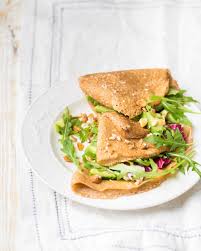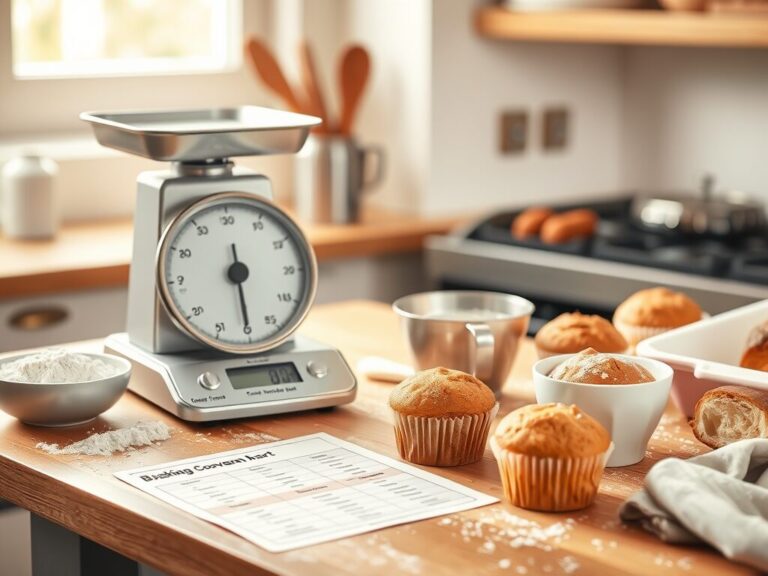Maintaining and Feeding a Sourdough Starter
Working with sourdough is gratifying: watching wild yeast and bacteria transform flour and water into a bubbly, living culture that bakes into the most flavorful loaves. Whether you’re brand new to sourdough or looking to fine-tune your routine, this guide will walk you through every step of feeding, maintaining, and troubleshooting your starter.

How To Feed A Sourdough Starter:
Feeding a sourdough starter is simple: remove half of your starter and mix in equal parts (by weight) of flour and water. For example, if you have 100 grams of starter, discard 50 grams and feed it with 50 grams each of flour and water.
- Use a clean glass jar or container.
- Mix until smooth and cover loosely (a lid or cloth with a rubber band works).
- Leave it at room temperature for 4–8 hours or until bubbly and doubled in size.
Maintaining A Sourdough Starter:
There are two common ways to maintain your starter:
- Room Temperature: Feed daily.
- Refrigerator: Feed once a week.
Stick to a regular schedule and use a clean utensil every time. A well-maintained starter should smell pleasantly tangy, like yogurt or fruit.
How Often Should I Feed?
- Room temp: Feed every 24 hours.
- Fridge: Feed every 7 days (even if you’re not baking).
If you’re baking frequently, keeping it on the counter makes sense. If not, the fridge is your friend!
Feeding a Starter in the Refrigerator
When refrigerated, your starter slows down and doesn’t need as much food.
- Take it out, discard half, and feed it.
- Let it sit at room temperature for 2–4 hours after feeding before returning it to the fridge.
How Much Flour and Water Should I Feed My Sourdough Starter?
A standard feed is a 1:1:1 ratio by weight — equal parts starter, flour, and water. Feed a larger amount if you want to grow it quickly (for multiple loaves). If maintaining, 50g each is enough.
Common Questions Regarding Maintaining and Feeding A Sourdough Starter
Let’s clear up those standard sourdough puzzles.
What does “fed” sourdough starter mean when your recipes call for it?
“Fed” means your starter was recently given flour and water and has had time (4–8 hours) to become bubbly and active. It’s at its peak and ready for baking.
Is it okay to put my sourdough starter away unfed?
It’s best not to. Always feed your starter before refrigerating it. Otherwise, it may become too acidic or sluggish over time.
My starter tastes sour. How can I make it so that it does not taste as sour?
Try feeding it more frequently or using a higher ratio of flour and water. Use white flour over whole wheat or rye, and reduce fermentation time slightly.
If I receive sourdough starter from a friend, how long should I wait to use it?
Give it at least two feedings over two days to ensure it’s active and bubbly. Then you’re good to go!
How do you make sourdough starter?
Mix 1/2 cup flour and 1/4 cup filtered water in a jar. Cover and let sit at room temperature. Feed daily for 5–7 days. You’ll start to see bubbles by day 3–4.
Do you know how to make gluten-free sourdough starter?
Yes! Use gluten-free flour (like brown rice flour) and filtered water. Just like a regular starter, feed daily, and it should be active within a week.
What is your schedule for sourdough starter?
If I’m baking often, I feed it every morning. If not, I refrigerate it and feed it every Friday. I like to keep things low-maintenance!
Is it normal for the sourdough starter to develop a hard crust over the top of it?
It can happen if the top is exposed to air for too long. Just remove the crust and continue feeding as usual.
What is the black layer of liquid on top of my sourdough, and why is it there?
That’s “hooch.” It’s harmless and a sign your starter is hungry. Stir it in or pour it off, then feed the starter.
After day 7, do I keep discarding half of my sourdough starter?
Yes—unless you need more. Discarding helps balance the acidity and keeps your starter manageable in size.
How do I know when my sourdough starter has gone bad or molded?
Trust your senses. If it smells putrid, turns pink/orange, or has fuzzy mold, toss it. A little hooch or dark spots aren’t a concern—mold is.
How do I know my sourdough starter is working after it finishes day 7?
It should be doubling in size within 4–6 hours of feeding, smell pleasantly tangy, and pass the “float test” (a spoonful floats in water).
Why is sourdough starter much healthier than just regular flour?
The natural fermentation helps break down gluten and phytic acid, making nutrients easier to absorb and often easier to digest. It also gives baked goods a low glycemic index and probiotic boost.
I cannot tolerate grains. Do you think that I will be able to tolerate sourdough starter?
Some people with mild gluten or grain sensitivities can tolerate long-fermented sourdough, especially with ancient or sprouted grains. But everyone is different—start slow and consult a practitioner if needed.
How long should a properly maintained sourdough starter be kept?
Indefinitely! Some starters have been passed down for generations. Just keep feeding and loving it.
Should sourdough starter be kept airtight?
Not completely. It needs airflow. Use a loose lid or cover it with a cloth and a rubber band.
What is the difference between sourdough discard and starter?
Discard is just the portion you remove before feeding—still usable, especially in pancakes, crackers, or muffins! Starter is the active portion that’s ready to raise your bread.
Can I leave sourdough dough out overnight?
Yes, many recipes call for an overnight ferment on the counter. Just make sure it’s not too warm—ideally 68–72°F.
Can I let my sourdough rise in the fridge?
Absolutely. Cold fermentation enhances flavor. It can be refrigerated for up to 24–48 hours before baking.
What flour should I feed my sourdough starter?
Unbleached all-purpose flour is a great staple. Whole wheat or rye can boost activity, especially during the early days.
Find My Favorite Fermented Recipes:
Looking for delicious ways to use your starter or dive into more fermented goodness? Here are a few reader-favorite recipes to try next:
- Sourdough Pancakes
- Discard Crackers with Herbs
- Fermented Carrots
- Homemade Sauerkraut
- Coconut Yogurt
If sourdough seems overwhelming, remember that it’s supposed to be a joy-a little mess, a little learning, and a lot of love. Happy baking!


